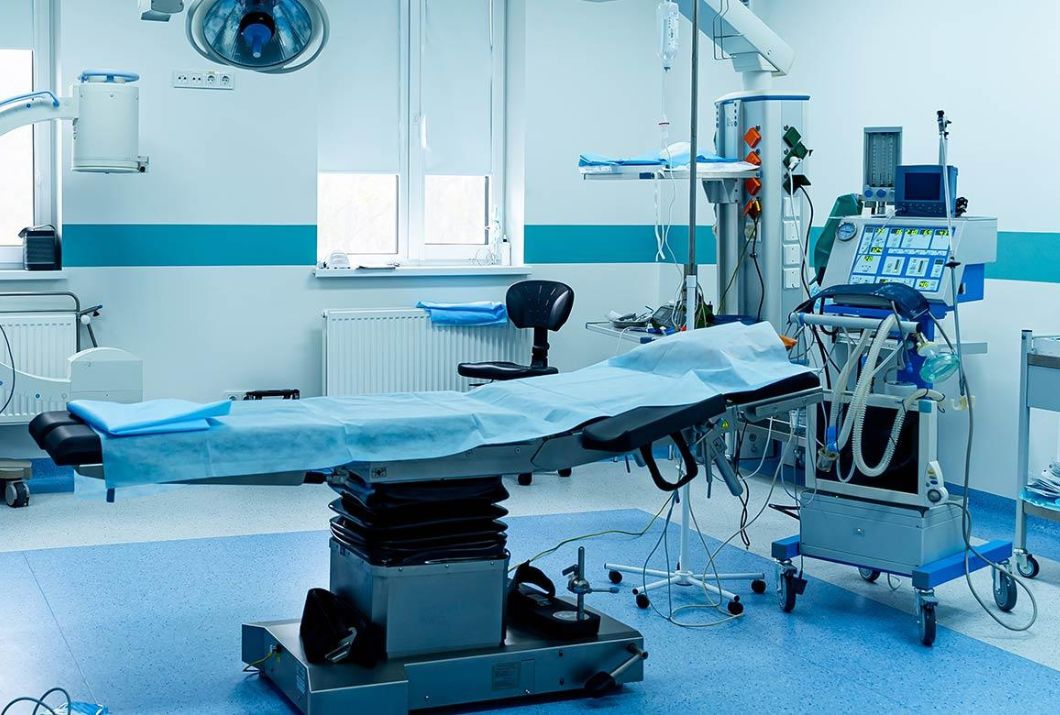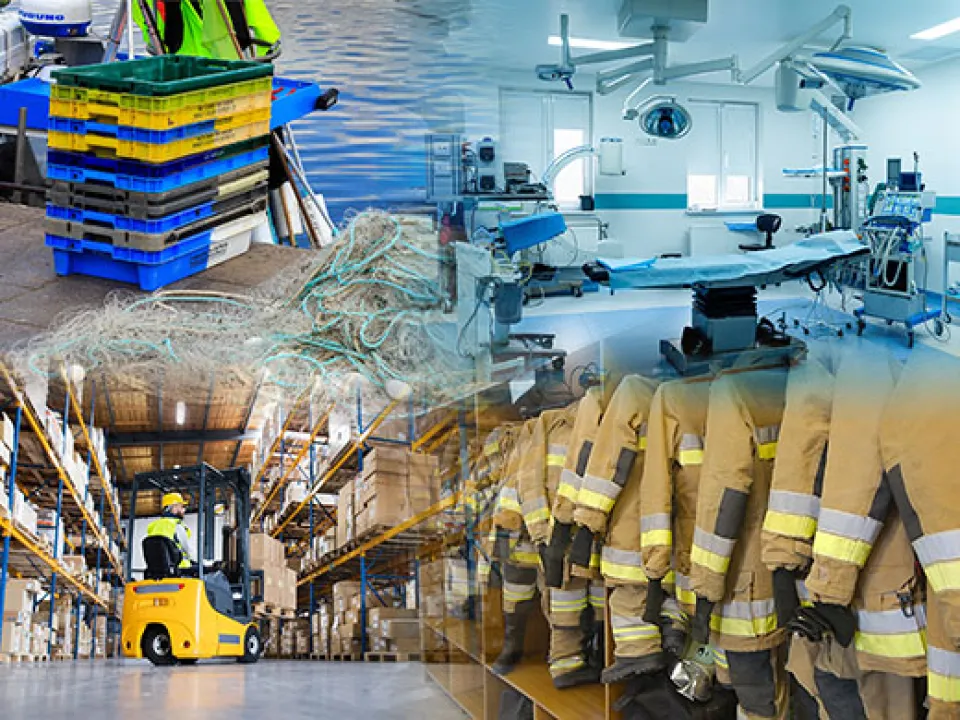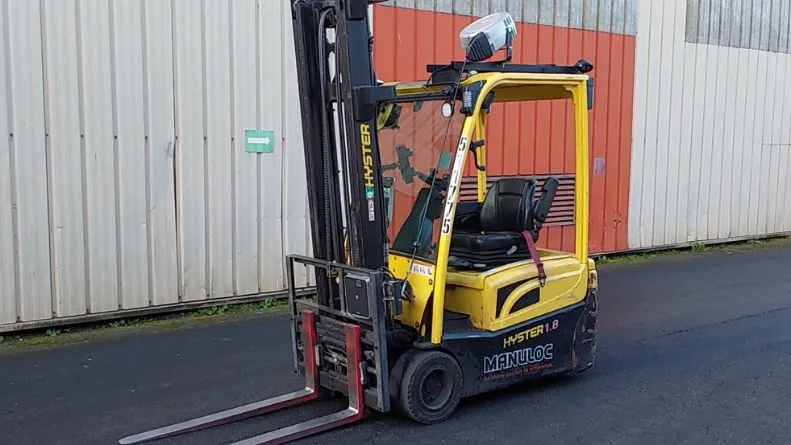Heading
The Track & Trace Experts
RFiD Discovery is a leading provider of integrated location tracking solutions using latest technologies including active and passive RFID, BLE, UWB, GPS, Wi-Fi and more.
We are part of Paragon ID, a global leader in identification solutions, and provide IoT solutions to customers across the globe in diverse markets including healthcare, manufacturing, logistics, oil & gas, construction and retail.
Healthcare
Warehousing & Logistics
Manufacturing
Construction
Transforming logistics: how RFID strengthens supply chains through real-time visibility
RFiD Discovery launches new RFID mapping tool for affordable tracking of healthcare assets
BLE tracking helps Perpignan Hospital improve management of medical devices
RFiD Discovery revolutionises inventory management for clothing manufacturer Brook Taverner with cutting-edge RFID portal solution

Empowering businesses to operate smarter, faster and more sustainably with RFID innovation

This pioneering feature allows hospitals to visualise the locations of passively tracked assets on an interactive map
Since implementing the RFiD Discovery tracking system, Perpignan Hospital, France, has experienced notable improvements in managing 800 medical devices across its 1100-bed hospital

The new solution enables Brook Taverner to check a typical container-load of up to 25,0000 garments arriving from their overseas production sites in less than 60 minutes











